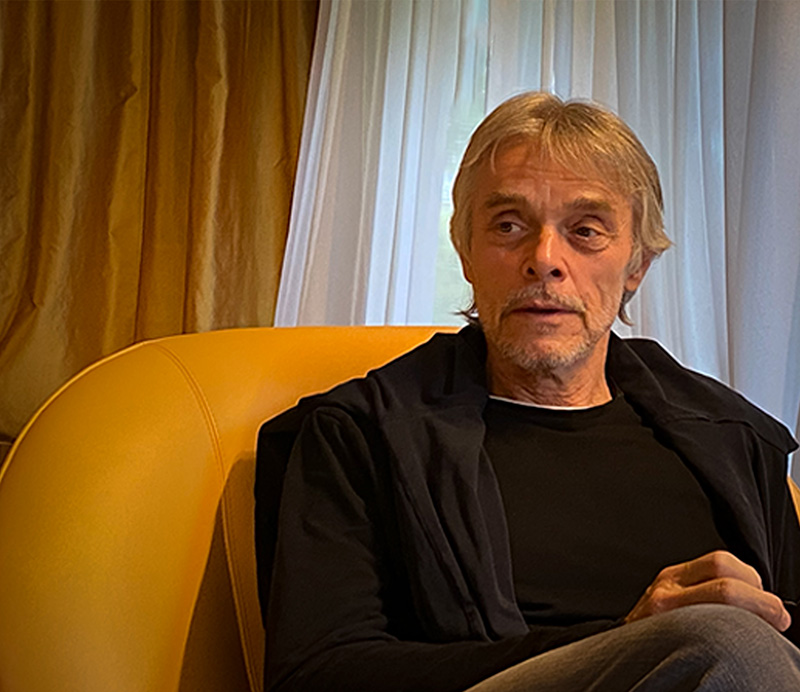Marek Boguszak is an abstract photographer from Prague. His major subject is the perfect order and harmony of windblown sand dunes created by Newton's laws of physics. His abstraction is rooted in his academic background in mathematics. Together with his wife Magda, Marek transforms the original depictive content into a narrative space of new associations.
Boguszak has received multiple awards and honorable mentions and showed his works at solo and group exhibitions in Prague, Zurich, London, New York, Barcelona, Madrid, Lisbon, Campione and Milan.
ARTIST STATEMENT
"Shooting digital photography of sand dunes has brought me to a rare world of magnanimous and dignified calmness. Our sight is hardly compromised by other senses; all distractions of our reality disappear, all defects, all noises are no more. Being there is an abstraction from the continuous entropy of life, resulting in a simple and clean harmony.
Sand dunes were created by obeying the laws of physics, their geometrical shapes, smooth and perfect, are a visible representation of an almost flawless balance, and without visible traces of any kind of life, they become themselves a pure form, filled in with sunshine.
As the recognizable world dissolves in abstraction, the image comes to work on one’s mind like a fragrance or a piece of music, eluding rational understanding and revealing itself fully only as a feeling."
